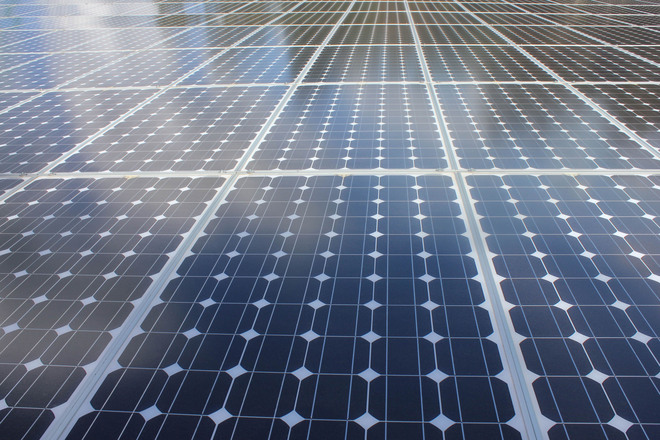While you might have witnessed solar power systems on the roofs of people’s houses, have you ever wondered what all components these systems required to work? In this article, we have listed these components and explained what they do.

Though unexpected, solar panels or solar intertie photovoltaic (PV) systems are pretty simple. In the beginning, the solar systems have panels for gathering sunlight and converting the same into electricity. Thereafter, the inverter receives the DC signals and turns the same into grid-compatible AC power – usually used by us in our homes. To ensure safety, different switch boxes are there in the units. Overall, these units are connected using wires and conduit.
Below are the basic components necessary for a PV system to function:
- Panels
They are made from three layers:
PV panels are one among the common forms of panels, which are mostly put to use for residential installations. Three layers contribute to these panels.
- The N-Layer– Here, silicon is merged with phosphorous
- The P/N Junction– It is 100% silicon
- The P-Layer – Boron is mixed with silicon
- Mounting equipment
It is essentially important to mount the PV panels. Initially, the panels need to be mounted at a place where they could bath in sunshine for a year. The challenge here is to mount the panels with integrity so that these could stand for 25 years or even more.
- DC-to-AC inverters –
The inverter works simply by utilizing a switch series dubbed solid state switches, which flips the DC current to and fro 50 times per second, and creates AC current. In other words, low-voltage,high-current signals are converted into 120VAC (or 240 VAC), which goes well with grid power. On grounds of reliability, the DC-to-AC inverters are usually weak link in all solar systems. Therefore, these must be of high quality.
- Batteries
Every solar panel does not carry a battery. Nevertheless, some systems are able to generate more electricity than that required for the property they are mounted on. This is because they have a battery, which stores the additional energy. You can use the stored energy sometime later when the weather is not sunny.
- Disconnect switches
Disconnect switches have an important role to play in solar power systems. These switches should be fixed at a place that is easily reachable. All the members of the family must be aware where these switches are so as to be able to switch the system off when needed. Disconnect switches are there for safety. In case the electrical unit of your home shows any abnormal behaviour, you need to immediately shut down the solar system.
- Miscellaneous hardware
Some other hardware expenses include wiring, connections to the household main fuse box, and conduit. However, these things require labour during installation of the solar system.
Final Word:
Installing a PV system is a great decision. You can choose to install the system on your own or with the help of a professional installer. The main concern is its adherence to National Electric Code for safety.
